Twelve consecutive months of global surface temperature records: June 2023 - May 2024
This visualization shows monthly global surface temperatures from 1880 to May 2024. The last 12 months (June 2023 through May 2024) each set a record as the warmest month in the temperature record. This version of the graph is in Fahrenheit.
Each month from June 2023 to May 2024 set a record for the highest average global surface temperature.
Temperature anomalies are deviations from a long term global average. In this case the period 1951-1980 is used to define the baseline for the anomaly. These temperatures are based on the GISS Surface Temperature Analysis (GISTEMP v4), an estimate of global surface temperature change. The data file used to create this visualization is publicaly accessible here.
The Goddard Institute for Space Studies (GISS) in New York is a NASA laboratory managed by the Earth Sciences Division of the agency’s Goddard Space Flight Center in Greenbelt, Maryland. The laboratory is affiliated with Columbia University’s Earth Institute and School of Engineering and Applied Science in New York.
This visualization shows monthly global surface temperatures from 1880 to May 2024. The last 12 months (June 2023 through May 2024) each set a record as the warmest month in the temperature record. This version of the graph is in Celsius.

A map of global surface temperature anomalies over the period June 2023 - May 2024.
This visualization shows monthly global surface temperatures from 1880 to May 2024. The last 12 months (June 2023 through May 2024) each set a record as the warmest month in the temperature record. This version of the graph is labeled in Spanish.
Credits
Please give credit for this item to:
NASA's Scientific Visualization Studio
-
Visualizer
- Mark SubbaRao (NASA/GSFC)
-
Technical support
- Laurence Schuler (ADNET Systems, Inc.)
- Ian Jones (ADNET Systems, Inc.)
-
Web administrator
- Ella Kaplan (Global Science and Technology, Inc.)
-
Scientist
- Gavin A. Schmidt (NASA/GSFC GISS)
-
Science support
- Peter H. Jacobs (NASA/GSFC)
Release date
This page was originally published on Wednesday, July 17, 2024.
This page was last updated on Sunday, March 16, 2025 at 11:13 PM EDT.
Datasets used
-
GISTEMP [GISS Surface Temperature Analysis (GISTEMP)]
ID: 585The GISS Surface Temperature Analysis version 4 (GISTEMP v4) is an estimate of global surface temperature change. Graphs and tables are updated around the middle of every month using current data files from NOAA GHCN v4 (meteorological stations) and ERSST v5 (ocean areas), combined as described in our publications Hansen et al. (2010), Lenssen et al. (2019), and Lenssen et al. (2024).
Credit: Lenssen, N., G.A. Schmidt, M. Hendrickson, P. Jacobs, M. Menne, and R. Ruedy, 2024: A GISTEMPv4 observational uncertainty ensemble. J. Geophys. Res. Atmos., 129, no. 17, e2023JD040179, doi:10.1029/2023JD040179.
This dataset can be found at: https://data.giss.nasa.gov/gistemp/
See all pages that use this dataset -
MERRA-2 (MERRA-2)
ID: 1134
Note: While we identify the data sets used on this page, we do not store any further details, nor the data sets themselves on our site.
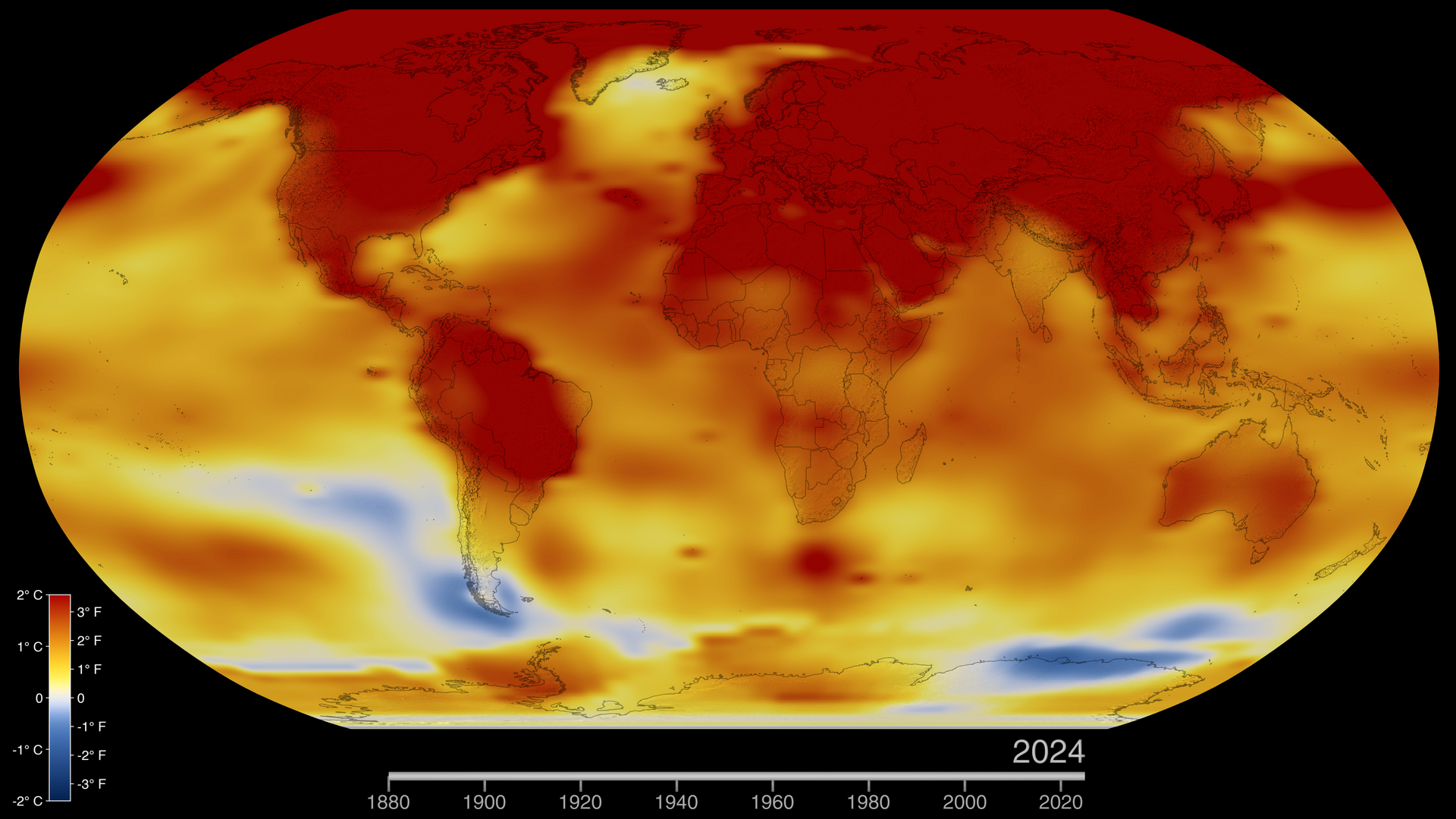
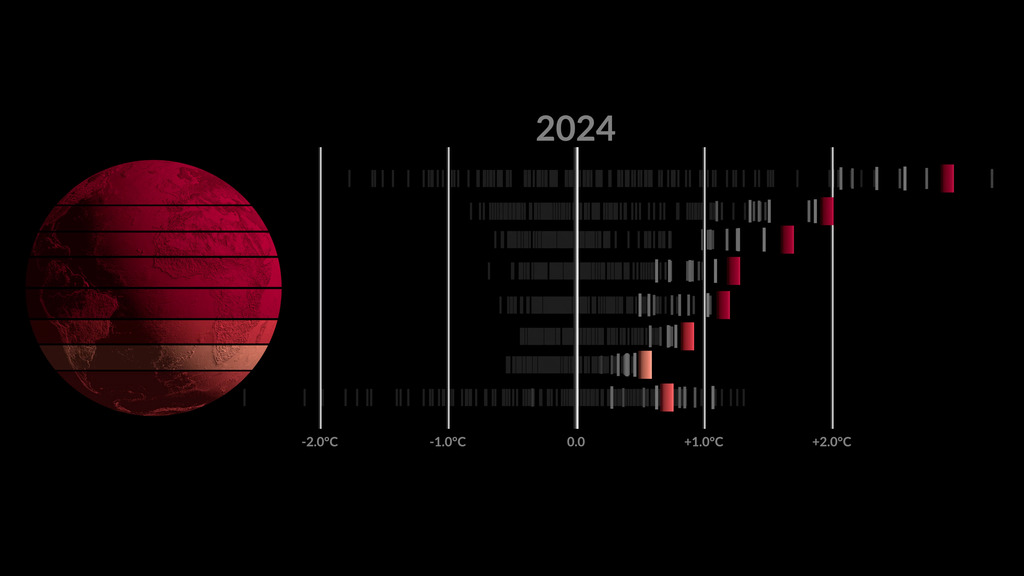
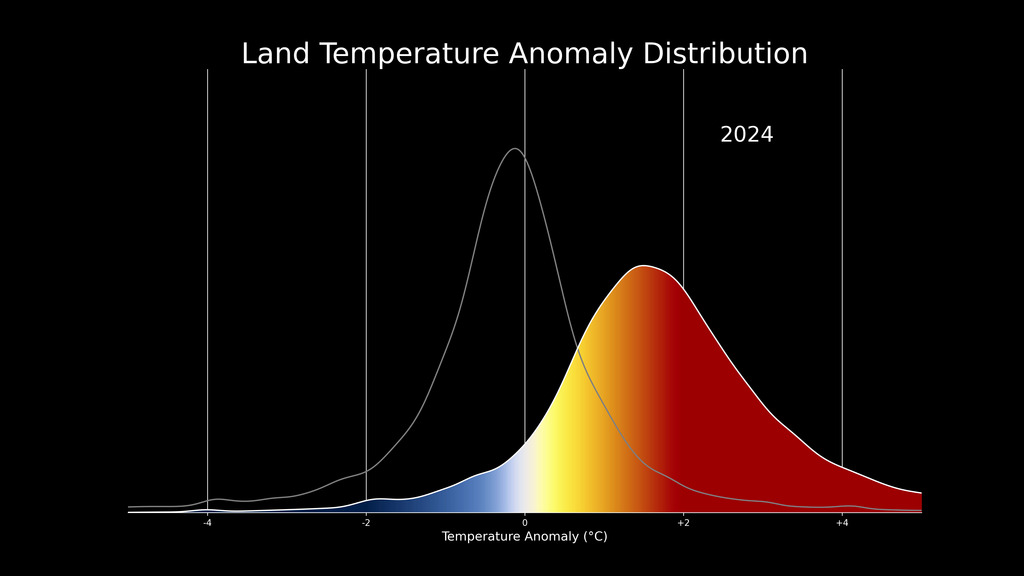

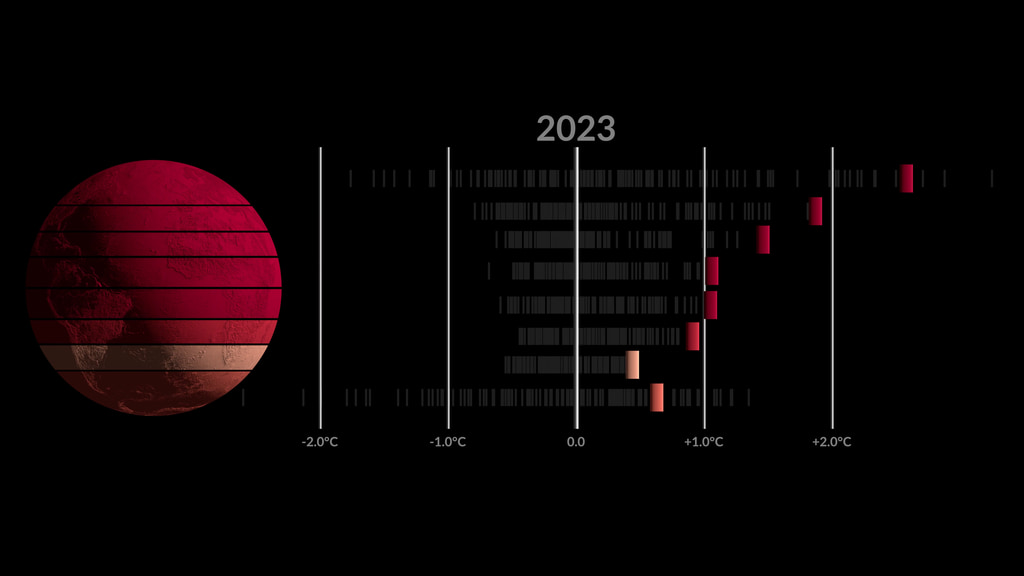
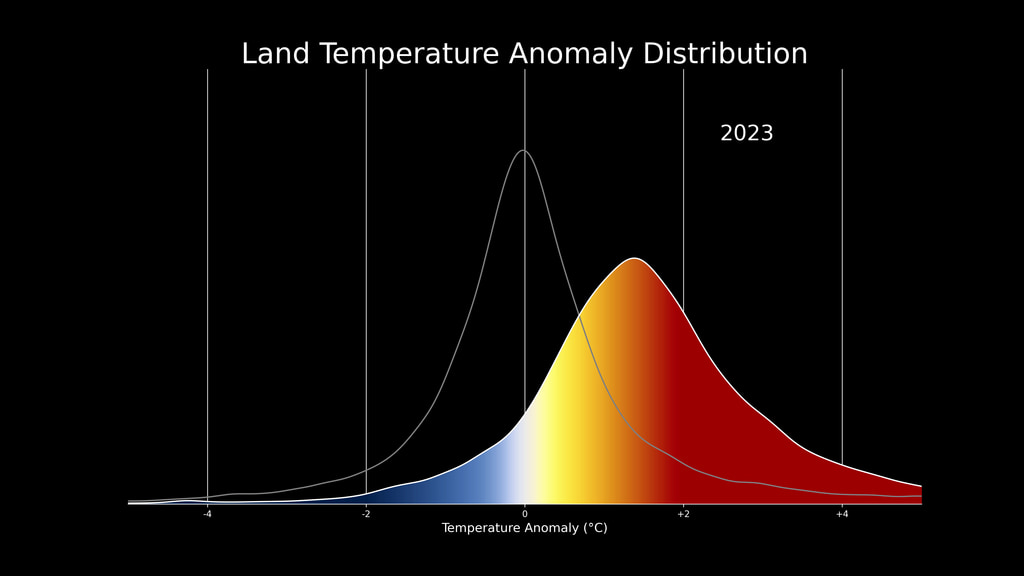
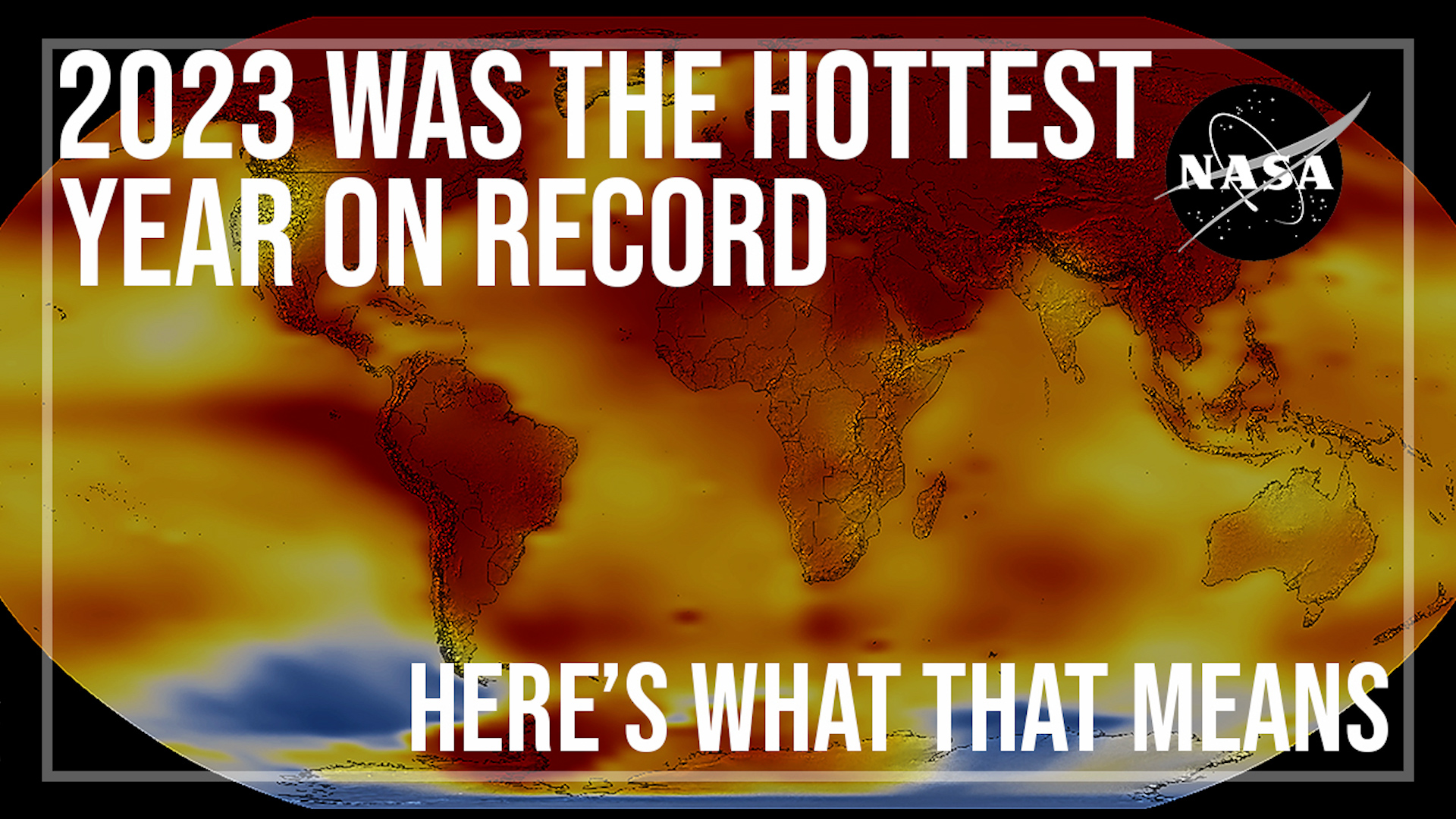
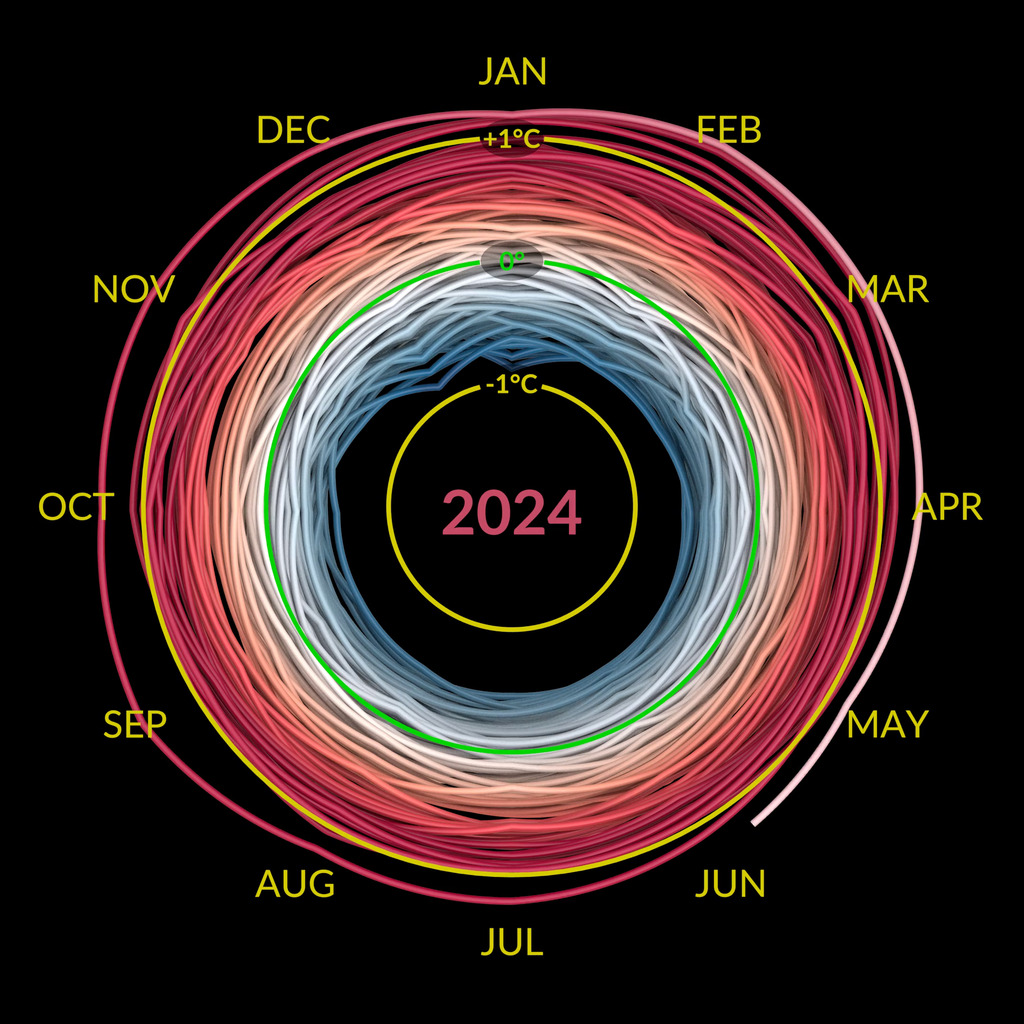
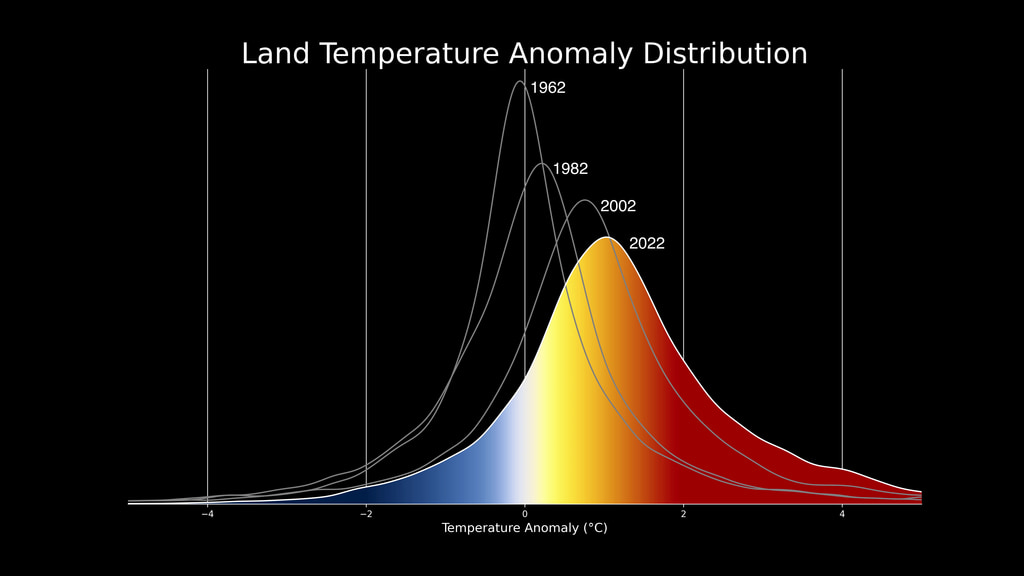

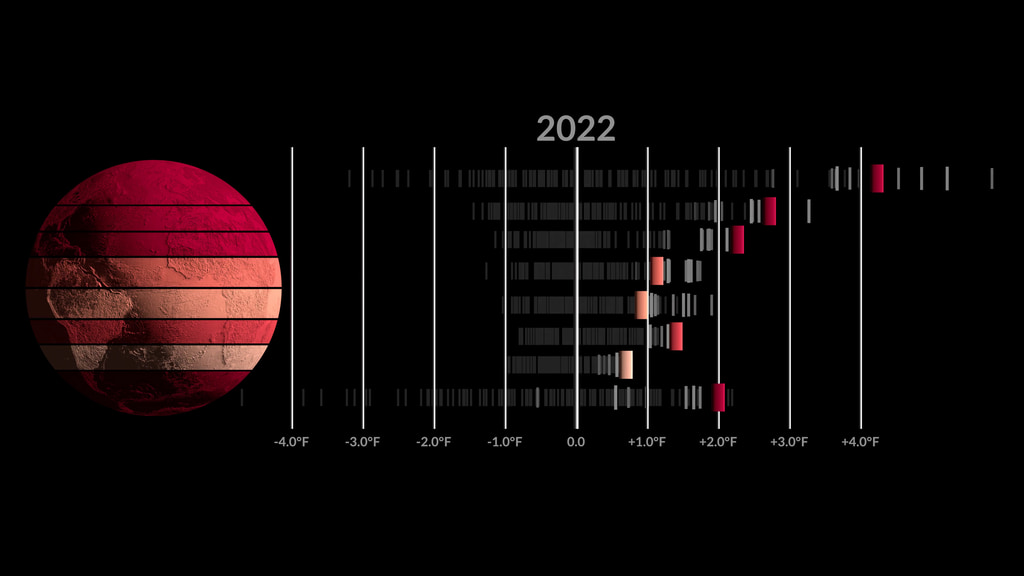

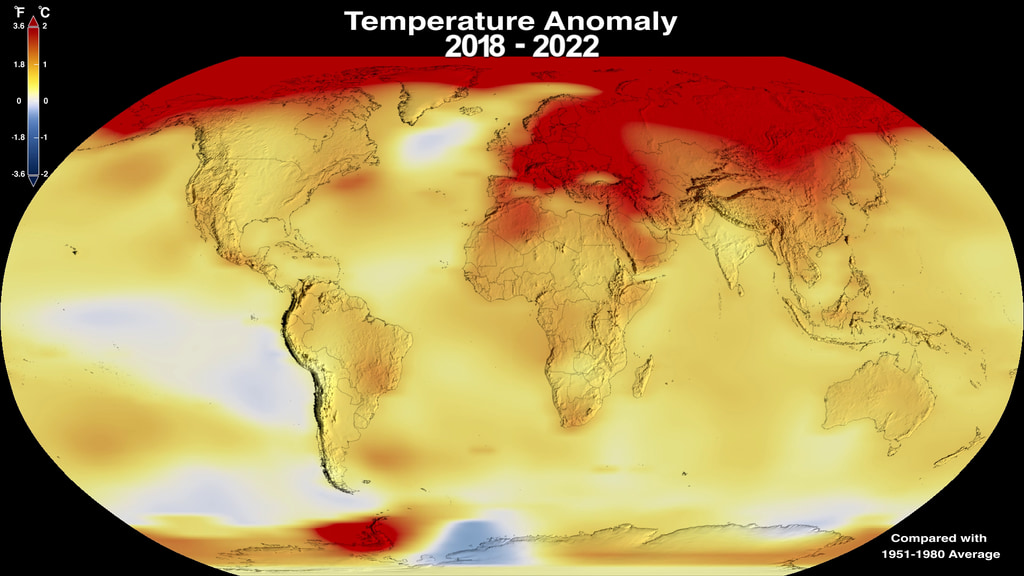
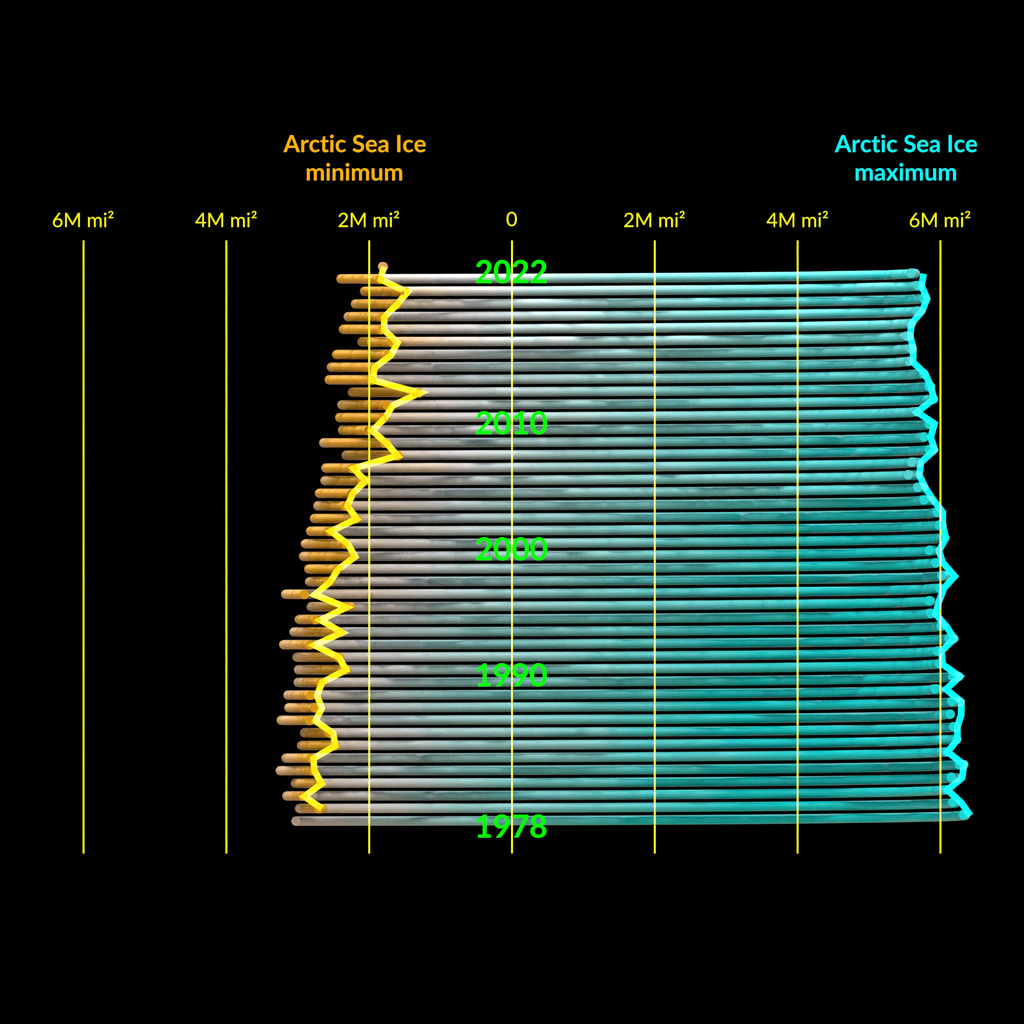
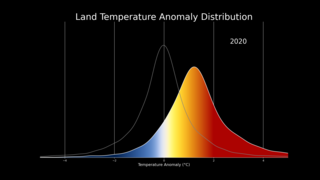
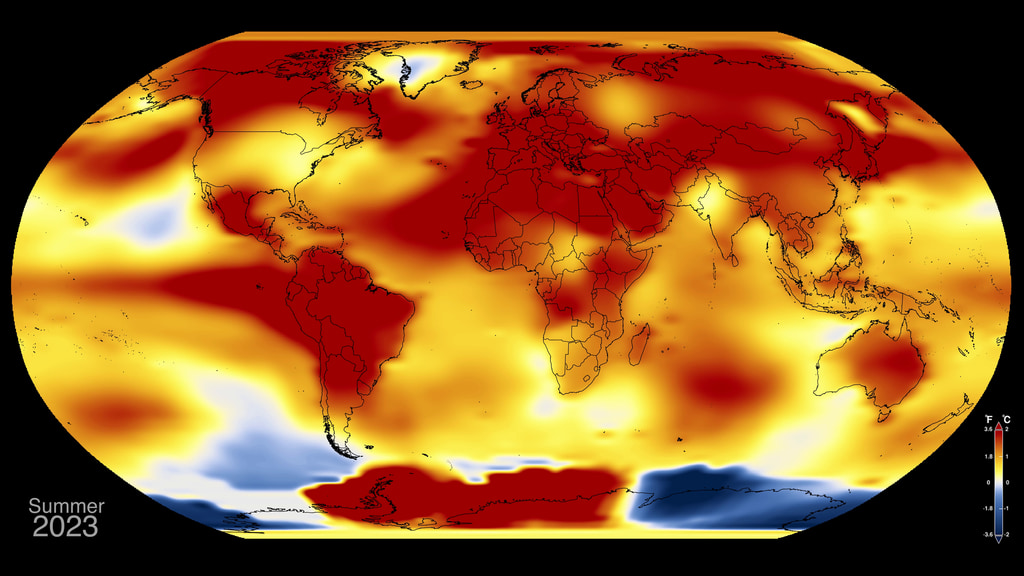
![Music: Making it Happen [Instrumental] from Universal Production MusicComplete transcript available.This video can be freely shared and downloaded. While the video in its entirety can be shared without permission, some individual imagery provided by Pond5.com is obtained through permission and may not be excised or remixed in other products. For more information on NASA’s media guidelines, visit https://www.nasa.gov/multimedia/guidelines/index.html](/vis/a010000/a014600/a014605/YTFrame_KC_May2024.jpg)